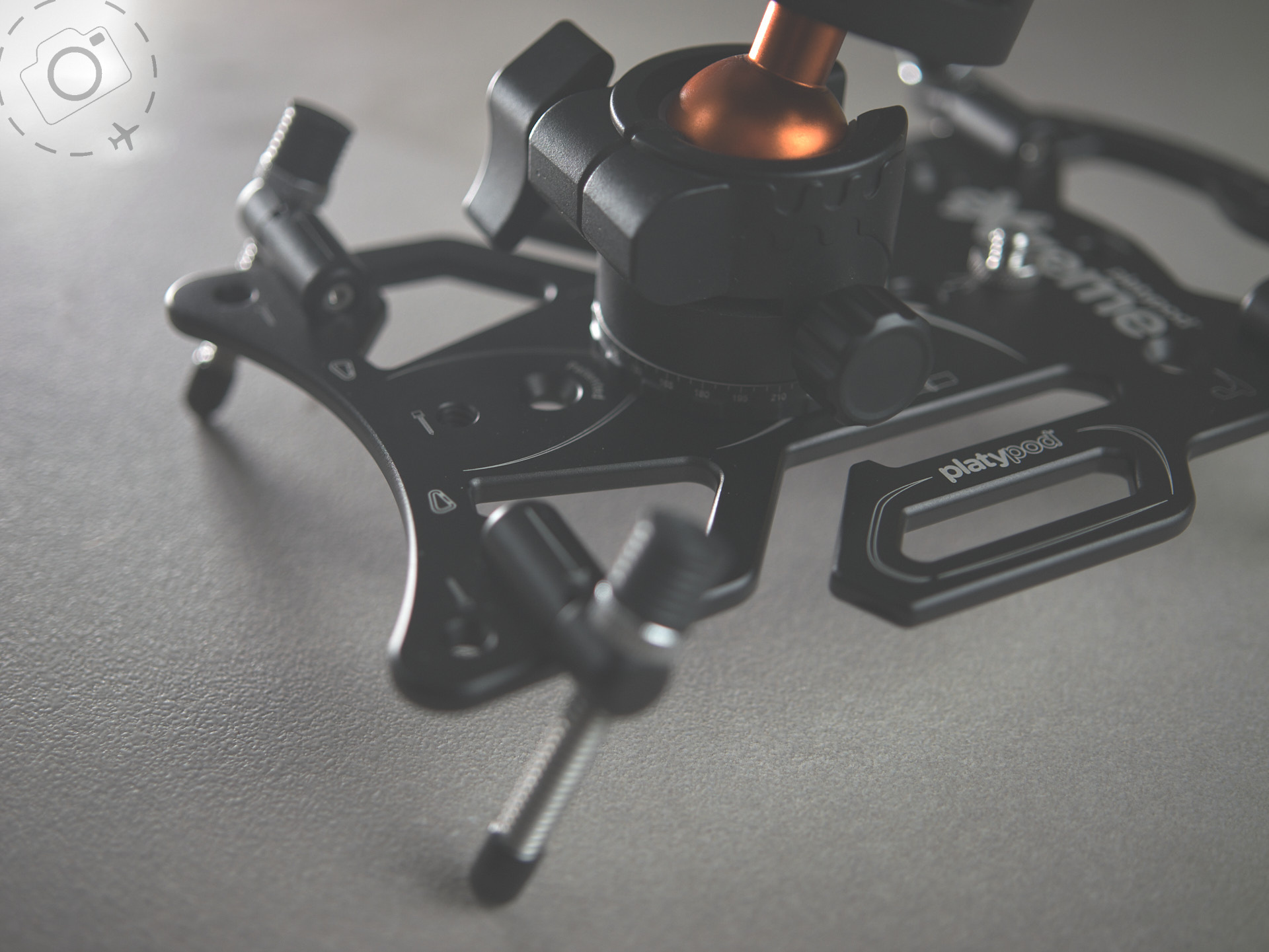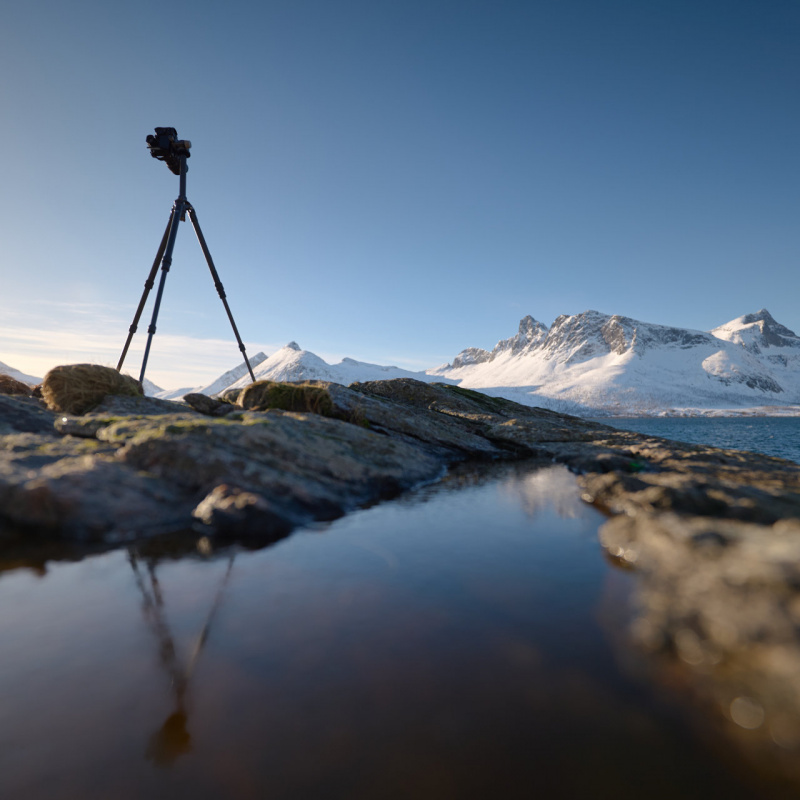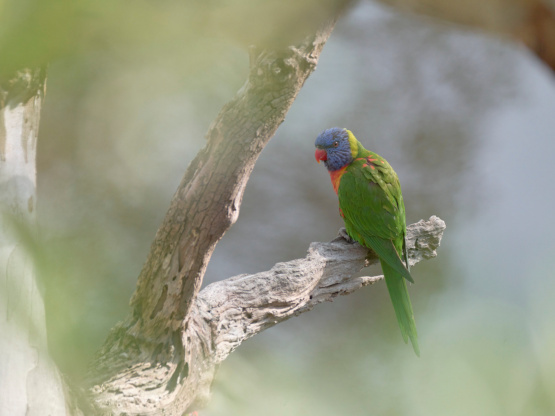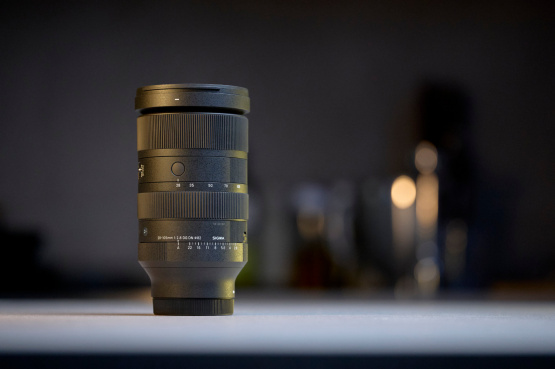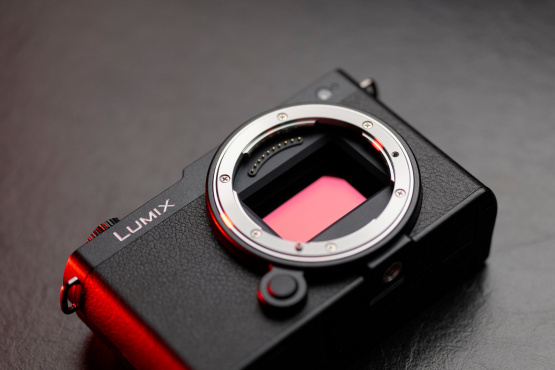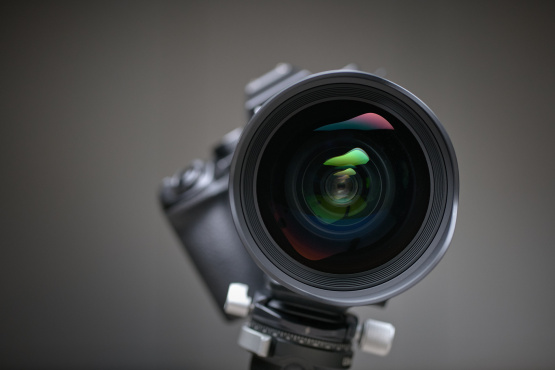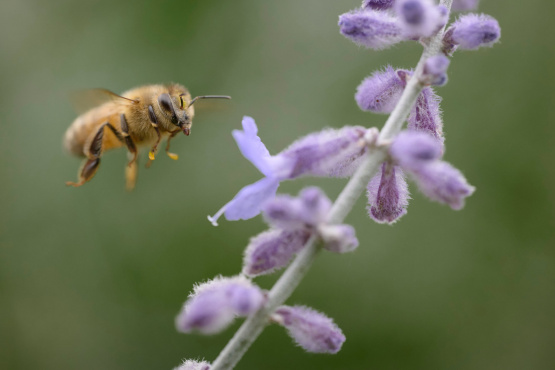It’s always nice to purchase a bit of gear for your camera, and actually end up using it. Platypod Extreme is a well designed and well marketed alternative to the conventional tripod for when you want to travel light. In this article I will refer to the Platypod as a tripod, even though it’s patently a four legged platform. Please don’t hate me for that.
I signed up through the Kickstarter campaign in April, and received my shipment before the end of June. The use of a crowdfunding site to essentially handle pre-orders has been less than ideal, including some changes to the fees and a missing part when it did finally arrive. But that aside, the Platypod Extreme represents excellent value and a great bit of kit to take on the road. It has four little feet that fold away for travel but are also adjustable in height within an inch or so, plus it comes with a velcro strap so you can lash it to a tree or a fence post.
platypod.com/pages/extreme
I already owned a small but useful mini ball-head that has been useful during the pandemic when running online workshops. Priced at just AU$40 the K&F ball-head gives an arca-swiss plate mount for up to 10kg of load. This pops directly onto the top of my Platypod Extreme, using the 3/8” thread.
kentfaith.com.au
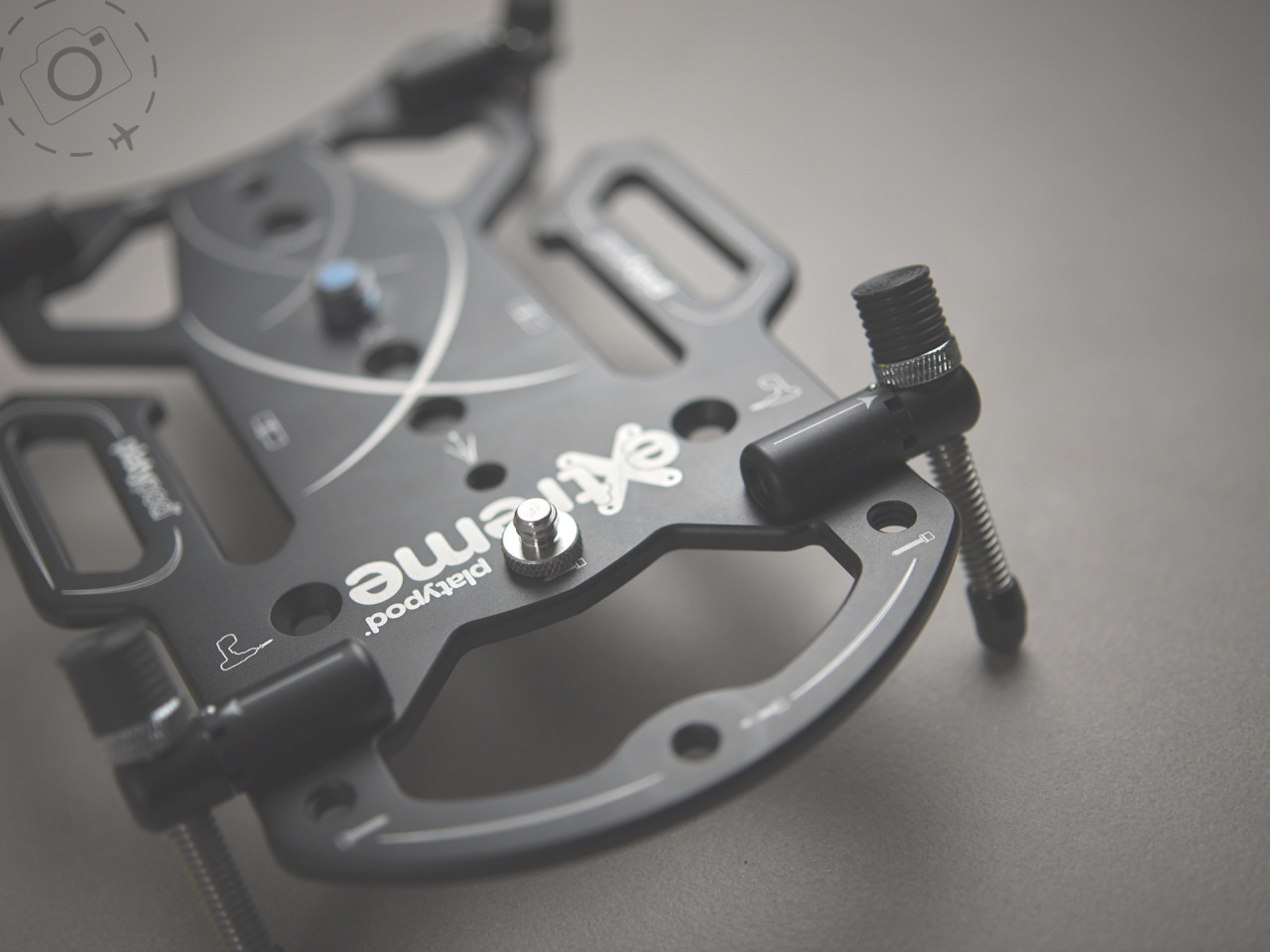
There are two reasons I wanted to have a Platypod in my kit.
Firstly as an alternative to the traditional “high hat” when shooting videos in our kitchen studio. Having a very stable but very small tripod on the bench-top lets us shoot footage close in to dishes. It can get awkward trying to work with the bulk of a conventional tripod for such small scenes, and you can’t always get the camera close enough in. Problem solved with a Platypod. It’s quick and easy to adjust the feet to make sure your base is firm and flat, then load up with your camera to start filming.
We can even do silly things like put the camera inside the oven and film the door closing, only with the flexibility of a well secured ball-head. Another use in our kitchen studio is for positioning small LEDs to illuminate the background where needed.
The Second purpose is for travelling. The three things I typically need a tripod for on the road are slow shutter work to capture moving water, pixel-shift landscapes for extreme high resolution images (common feature on LUMIX cameras), or star trails that combine several hours worth of captures into a single shot. Stability is important for all of these scenarios.
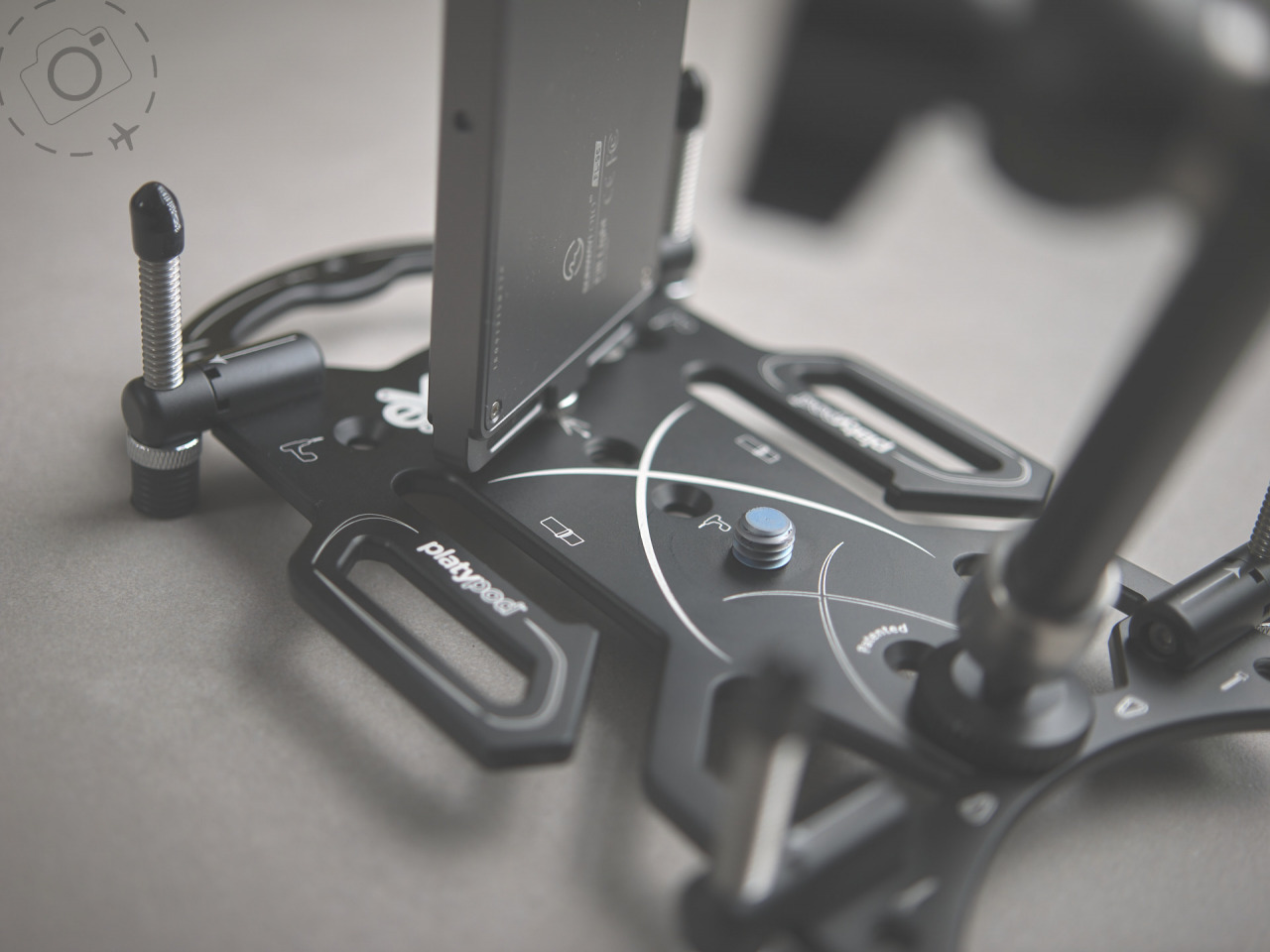
I recently ran a tour in The Outback, and we found the Platypod very very useful. There’s nearly always someone on the tour who turns up with a dodgy tripod – In their bid to travel light they end up shooting wonky. I brought my Platypod as a backup just in case. Under the stars at Uluru one of our group ended up giving the Platypod a proper workout by strapping it to a metal pole to capture their start trail.
Using the included strap we lashed it to the fence post, which did work fine but there were tall grasses that got in the way of composition. Further along was a more elaborate fence post made from core-ten steel, which provided a neat edge we could hook the Platypod onto. The spiked feet are designed to rotate and lock into position, which means you can quickly adapt them to act as hooks. Once mounted, the weight of camera locks it down into position without fear of movement.
My next experiment was a few days later under wide open skies of Kununurra. At a special location far away from humans and their light pollution we setup for a shoot that brings boabs and star trails together. I wanted to capture my star trail, but also wanted to shoot scenes around the campfire and perhaps a few shots of the Milky Way. I leant my regular tripod to one of my travellers, and used the Playtpod myself. Getting down low to the ground is often the hardest part of this particular star trail shoot (we like to get the trees high into the frame so they rise above the horizon) so the Platypod was ideal.
By having the lightweight and compact Patypod in my kit I was free to use my Peak Design Tripod for those tasks that needed more flexibility. I typically think twice about carrying even one tripod, but the thought of packing two feels like a bridge too far for me. The Platypod gives me the benefit of a second platform without the pain.
They can quickly be setup on the hood of your car, or a fence post, or even a big rock if that’s what you have on offer. The feet provide a degree of adjustability, but also offer spikes that can hold the tripod in place in gritty surfaces such as boulders or rocks. As mentioned before, the rotate-and-lock design of the feet are also useful to simply hook the base onto an edge.
It has great potential for waterfalls scenes where you want to get down low, and for capturing star trails when you need to frame the night sky. Anything that can work from ground height can work on the Platypod, but with a fraction of the hassle compared to packing a normal tripod. For those who are inclined to go hiking up mountains and want to video themselves talking to camera at the top, this might be handy as well. It turns out I am way more appealing behind the camera than in front, so I likely won’t be doing much of this myself.
There’s not a lot else you need to know about this bit of kit. The manufacturing quality is spot on. The concept is seriously practical. There are tonnes of attachment points to sling it onto your pack plus 1/4” mount points and recessed holes in case you decide to screw it onto the wall for a time-lapse rig.
They wont replace your existing tripod for flexibility and convenience, but they are seriously easy to pack into the kit for those times when one tripod may not be not enough. And for some specific situations, the Platypod may indeed be a far better option.
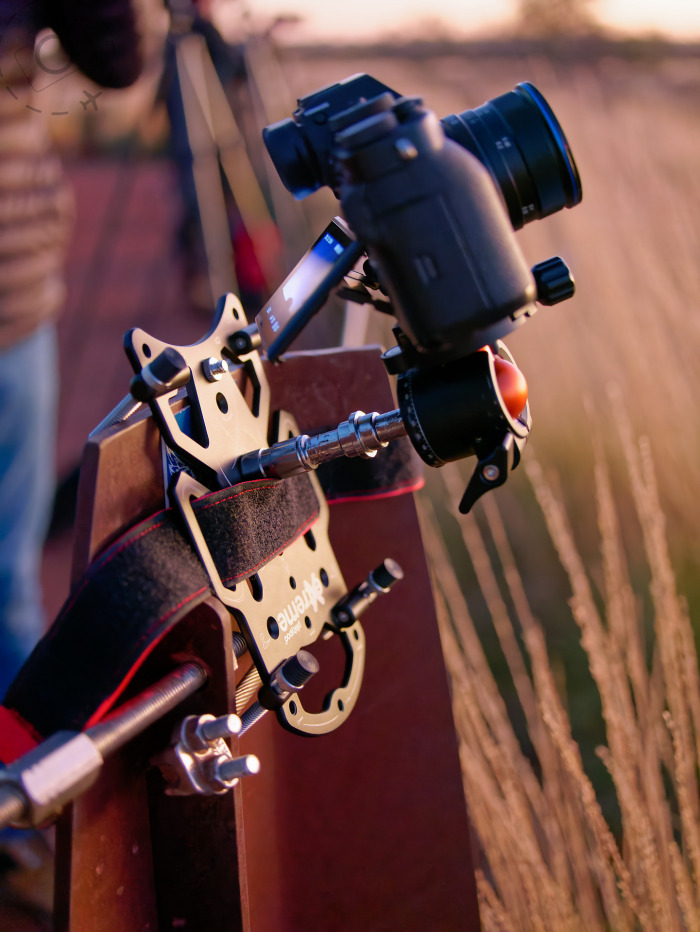
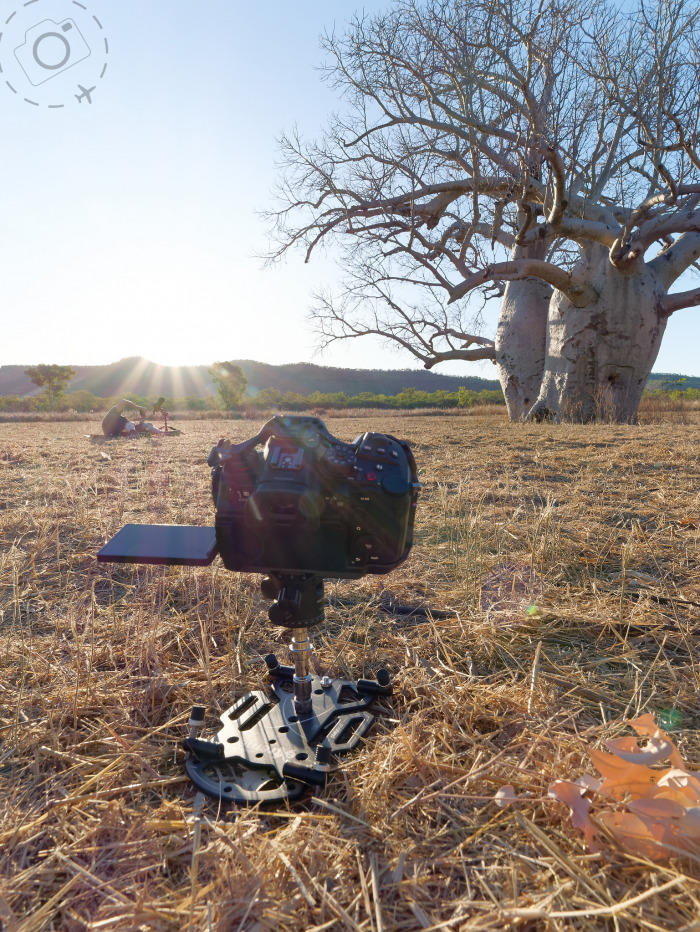
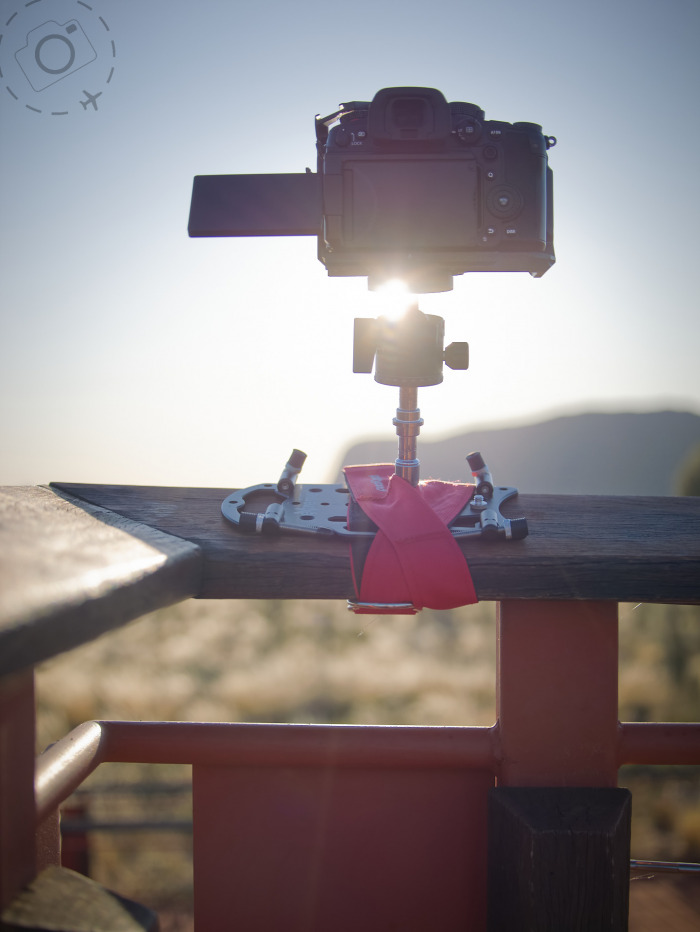
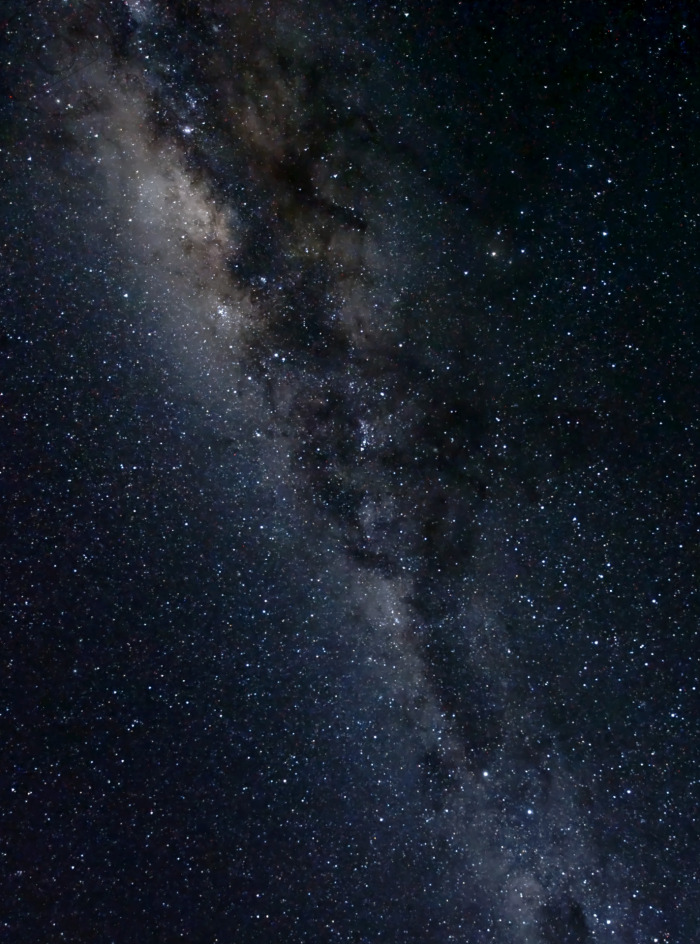
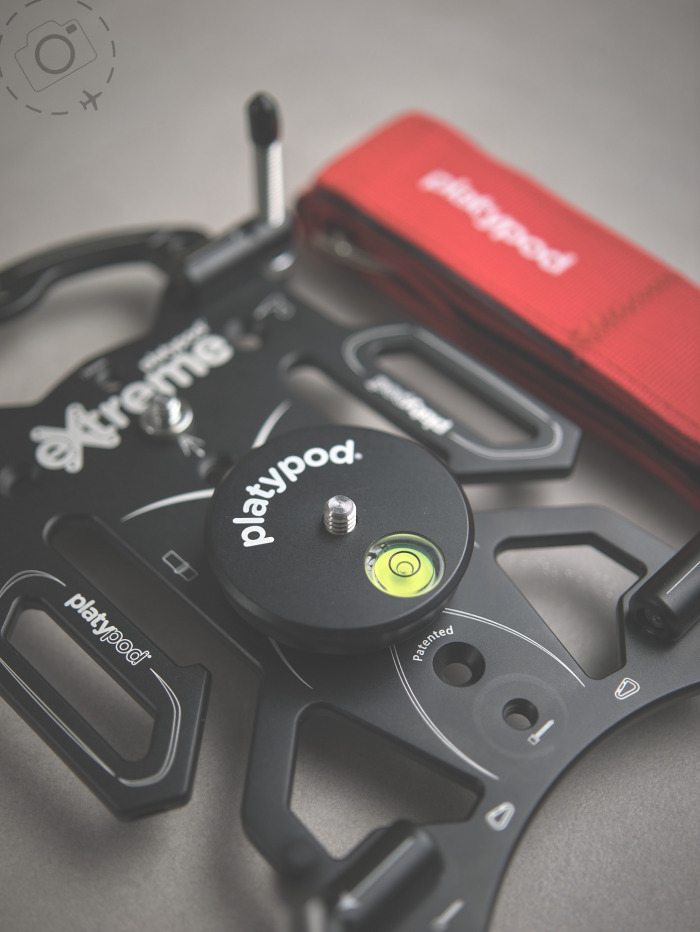
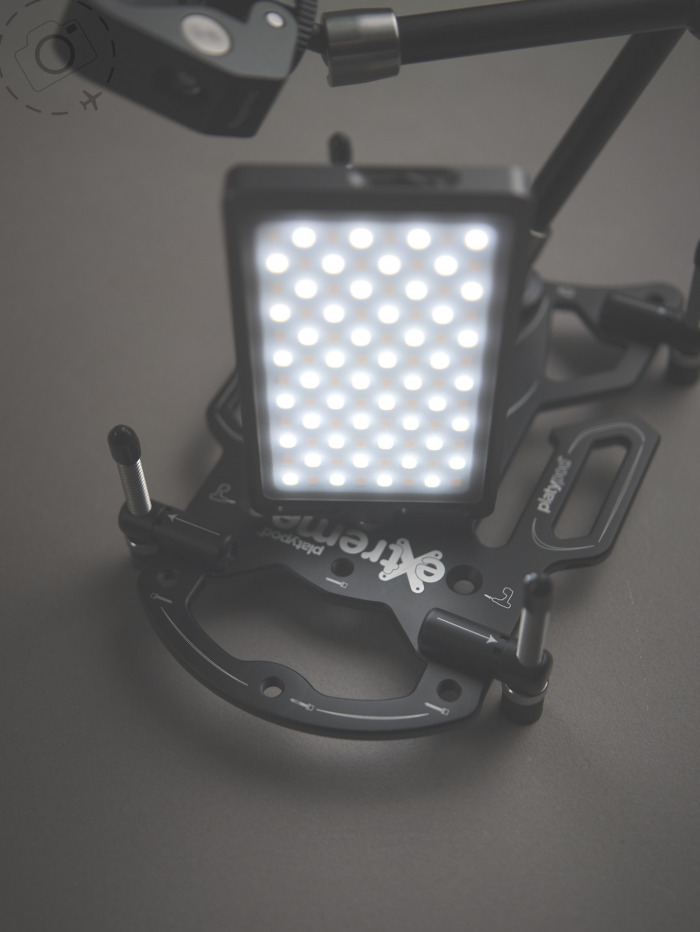
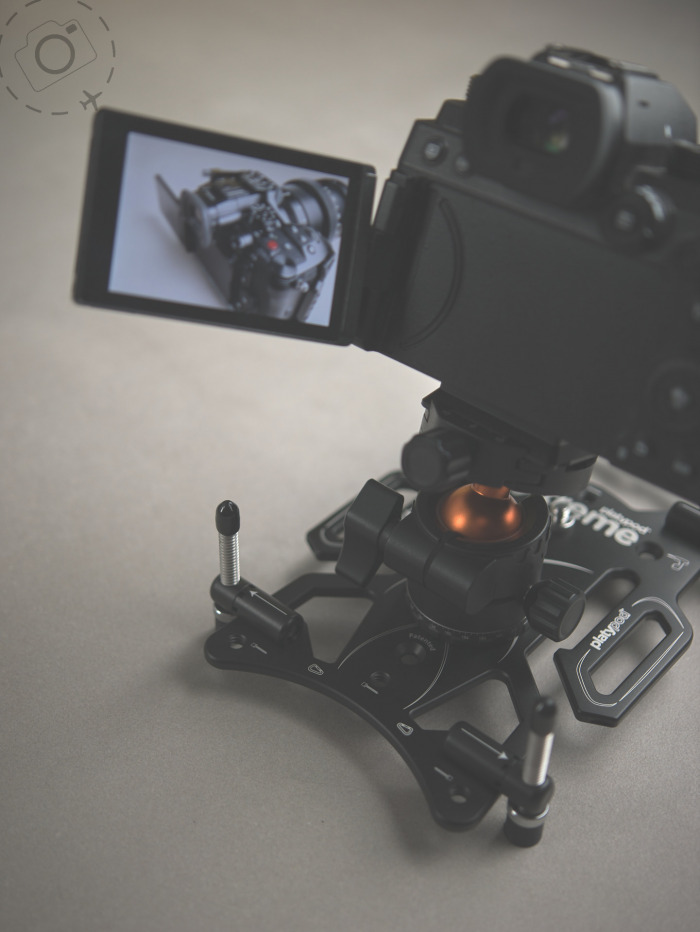
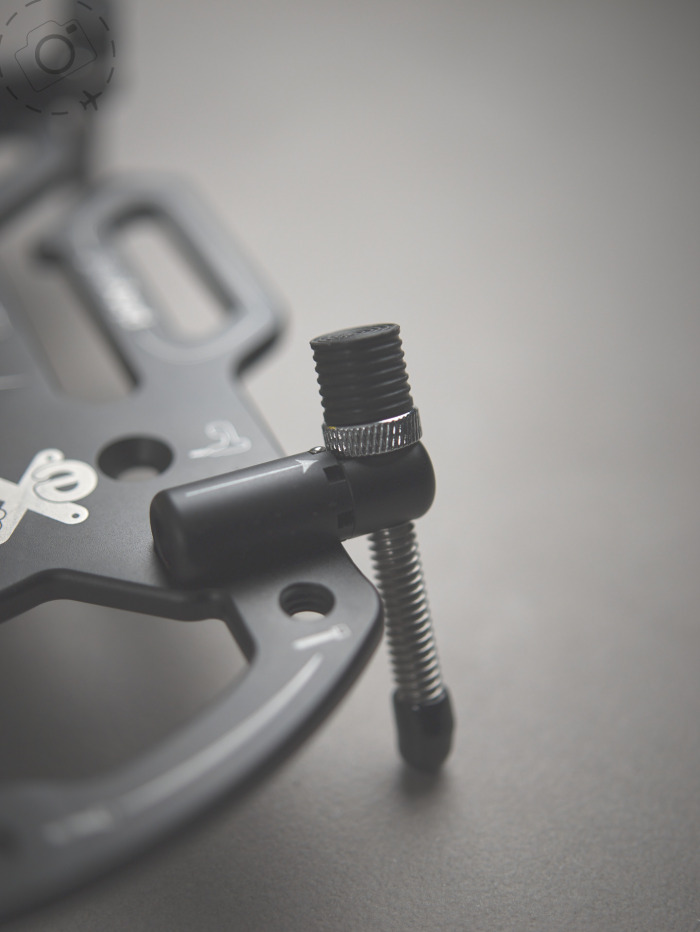

Keep Reading
Join Ewen's newsletter for monthly updates on new photography articles and tour offers...Subscribe Here

